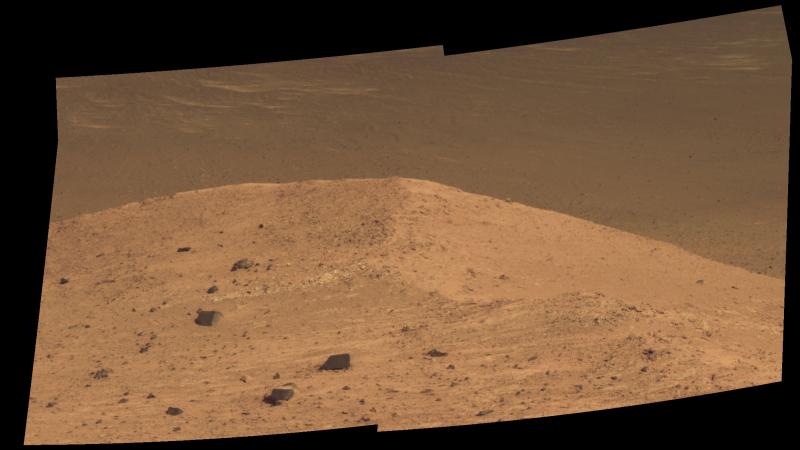Visitors from Mars
Job 19:23-24
Oh that my words were now written! oh that they were printed in a book! That they were graven with an iron pen and lead in the rock for ever!
It must have been pretty disconcerting for many people, who heard the famous Orson Welles 1938 radio adaptation of HG Wells’ The War of the Worlds. The radio play was made to sound like an actual news broadcast. Apparently, there was widespread panic among the listening audience, who were sure that they were learning about invaders from Mars.
 Few people expect Martian invaders today. Yet, some scientists are sure that they are studying visitors from Mars. These visitors are the so-called Martian meteorites. Some scientists believe that these pieces of rock were ejected from the surface of Mars, when the red planet was struck by another object.
Few people expect Martian invaders today. Yet, some scientists are sure that they are studying visitors from Mars. These visitors are the so-called Martian meteorites. Some scientists believe that these pieces of rock were ejected from the surface of Mars, when the red planet was struck by another object.
The advantage of this idea is that such objects can be studied here on Earth, and, allegedly, give us information about our near neighbor in space. For example, recently one meteorite was reported to have yielded information about past eruptions. Back in 1996, one infamous episode led to the claim, later contradicted, that micro-fossils had come from Mars.
How likely is it that a cosmic game of billiards could have resulted in a piece of Mars flying off into space, and then, coincidentally, being able to land on the Earth? Of the 61,000 meteorites discovered, 132 have been identified as Martian, according to the Meteoritical Bulletin Database. This gives a 0.2% chance that a piece of rock from Mars could land on Earth, which seems unreasonably high, given the enormous set of coincidences required for a piece of Martian rock to make such a journey. Martian meteorites simply underline the credulousness required by evolutionary scientists, in order to bolster their beliefs.
Prayer:
Thank You, Father, that so many scientific ideas make so much more sense, when interpreted according to Your inerrant word. Amen.
Notes:
Mars Life: 20 Years Later, , retrieved 02/22/2017. Meteoritic Bulletin Database, , accessed 2/6/2017
Image: NASA, Public Domain